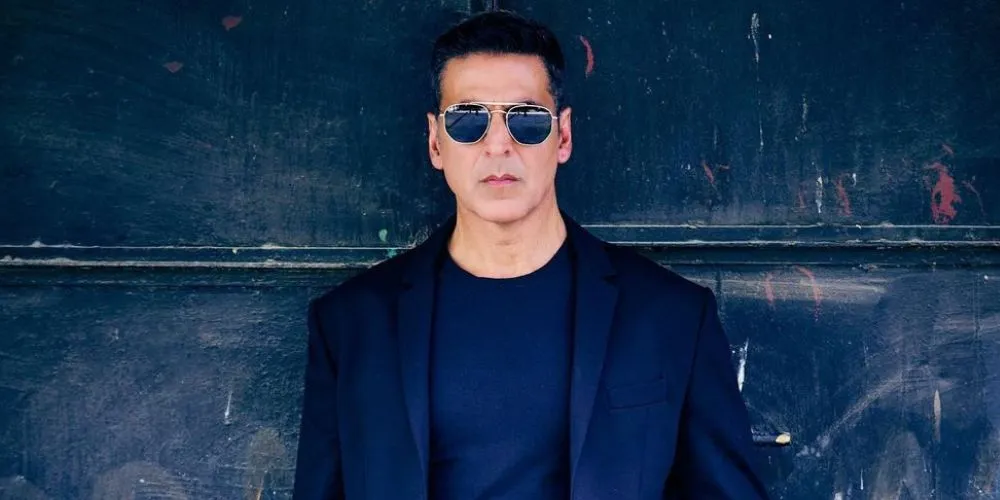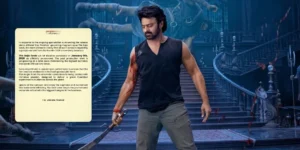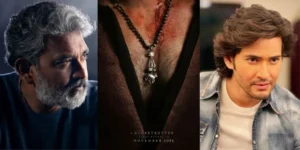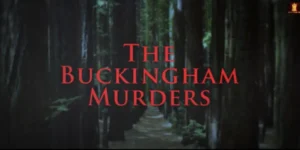
The legal battle to protect celebrity personas from digital exploitation has intensified, with Bollywood superstar Akshay Kumar filing a major lawsuit in the Bombay High Court. This action, targeting the widespread misuse of his image, likeness, and voice through AI-generated deepfakes and unauthorized brand endorsements, comes just as his contemporary, Hrithik Roshan, initiated a similar plea in the Delhi High Court.
Kumar’s suit, filed against both known and “John Doe” (unnamed) defendants, seeks a comprehensive injunction to safeguard his personality and publicity rights. It marks a significant moment in the entertainment industry’s response to the growing capabilities of Artificial Intelligence to create convincing, yet fraudulent, digital representations of public figures.
Akshay Kumar’s petition, which the Bombay High Court has scheduled for hearing, specifically names the rampant commercial exploitation of his persona. The star’s legal team has highlighted “large-scale misuse” involving:
- AI-generated and Deepfake Images/Videos: Manipulated content that falsely depicts the actor in various scenarios.
- Counterfeit Merchandise: Unauthorised products using his name and image.
- Deceptive Advertisements: False brand endorsements that trick the public into believing he backs certain products or services.
- Impersonating Social Media Profiles: Fake accounts across major platforms utilizing his identity.
The actor seeks protection not just for his screen name, Akshay Kumar, but also for his distinctive performance style and mannerisms. The case anchors itself on his Right to Live with Dignity under Article 21 of the Constitution and his right to control the commercial value of his hard-earned professional identity.
The Bombay High Court has recently shown a strong stance on this issue, having granted similar interim relief to other celebrities like actor Suniel Shetty and legendary singer Asha Bhosle, underscoring the judicial urgency to regulate the use of synthetic media.
Akshay Kumar’s action, occurring almost simultaneously with Hrithik Roshan’s Delhi High Court suit, emphasizes that celebrity personality rights have become the most urgent new frontier in Indian intellectual property law.
This unified legal offensive from the industry’s biggest names signals a coordinated effort to establish clear legal precedents against digital identity theft. They are essentially compelling the courts to update legal interpretations to keep pace with hyper-realistic AI technology.
The growing list of high-profile personalities who have sought court intervention includes:
- Amitabh Bachchan and Anil Kapoor (successfully obtained interim relief against unauthorized use of name, image, and voice).
- Aishwarya Rai Bachchan and Abhishek Bachchan (sued over deepfake content and unauthorized AI training).
- Jackie Shroff and Kumar Sanu (sought protection for their unique attributes, including voice and singing style).
By approaching the High Courts, these celebrities actively protect their Right of Publicity—the exclusive right to monetize their fame—from being diluted or misused by opportunistic third parties.
Akshay Kumar’s last major film release was the courtroom comedy-drama ‘Jolly LLB 3‘, which saw him reprise his role as the witty lawyer Jagdishwar Mishra. The film, which also featured Arshad Warsi, performed well at the box office, continuing the popular franchise.
Looking ahead, Akshay Kumar has a packed slate, but his next key release is the thriller ‘Haiwaan‘, a directorial venture by Priyadarshan. Notably, this film marks a new direction for the actor as he is set to portray a negative character for the first time in his career, an announcement that has generated significant fan interest. Other major films in his pipeline include the highly anticipated comedy ‘Welcome to the Jungle’.
The actor’s simultaneous focus on a demanding film schedule and critical legal action highlights the new reality for A-list celebrities: constantly protecting their brand and livelihood in a world increasingly dominated by sophisticated digital mimicry.




